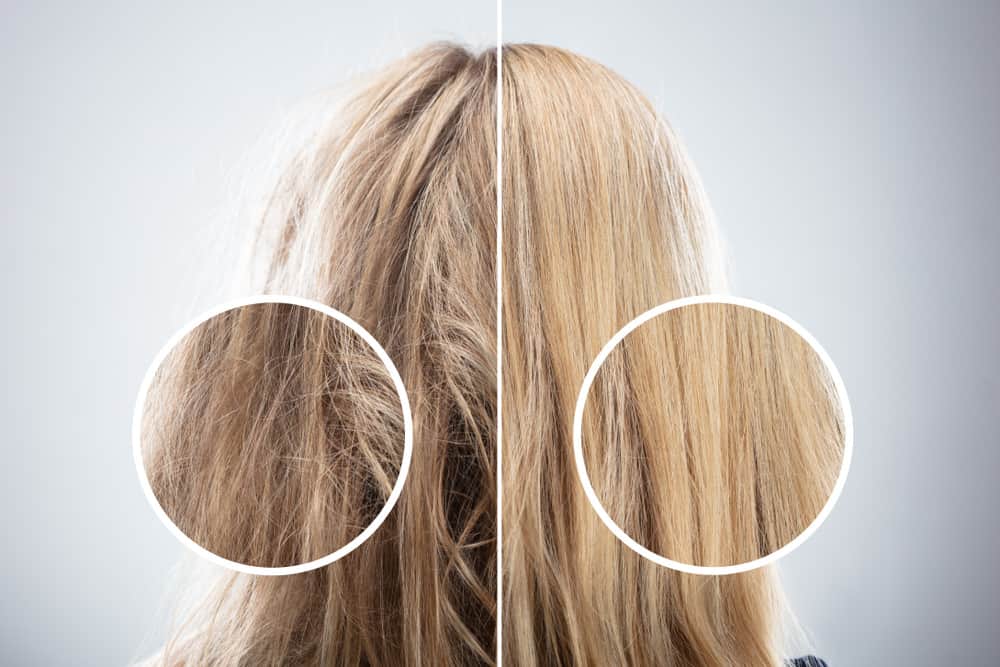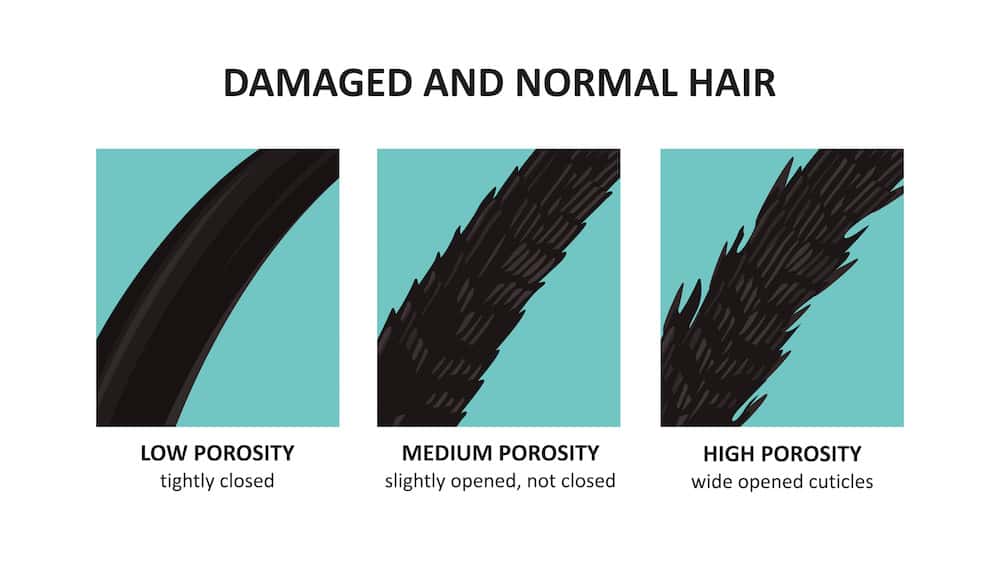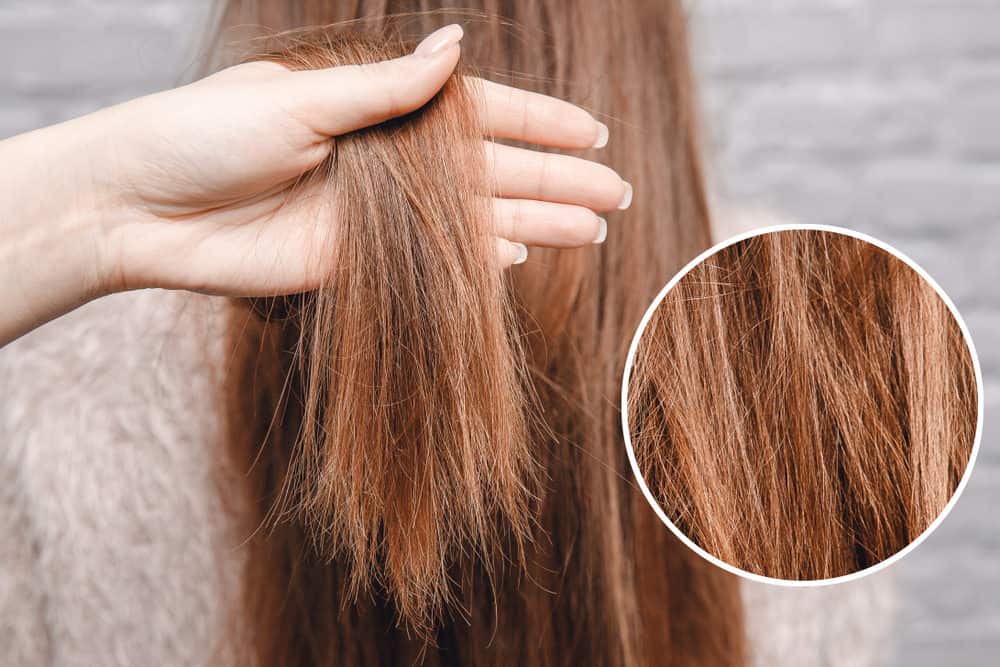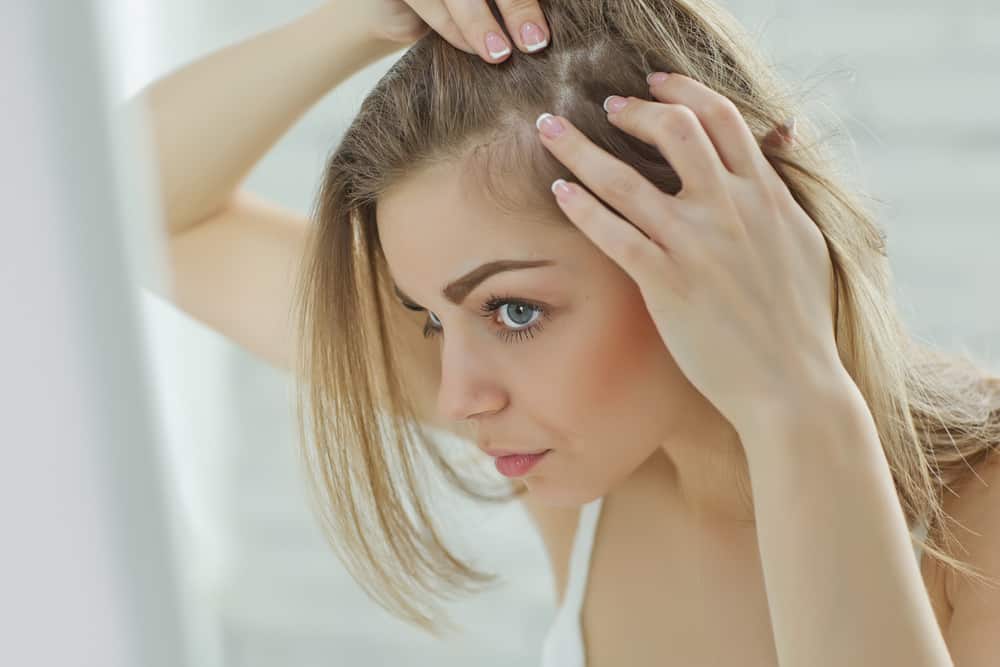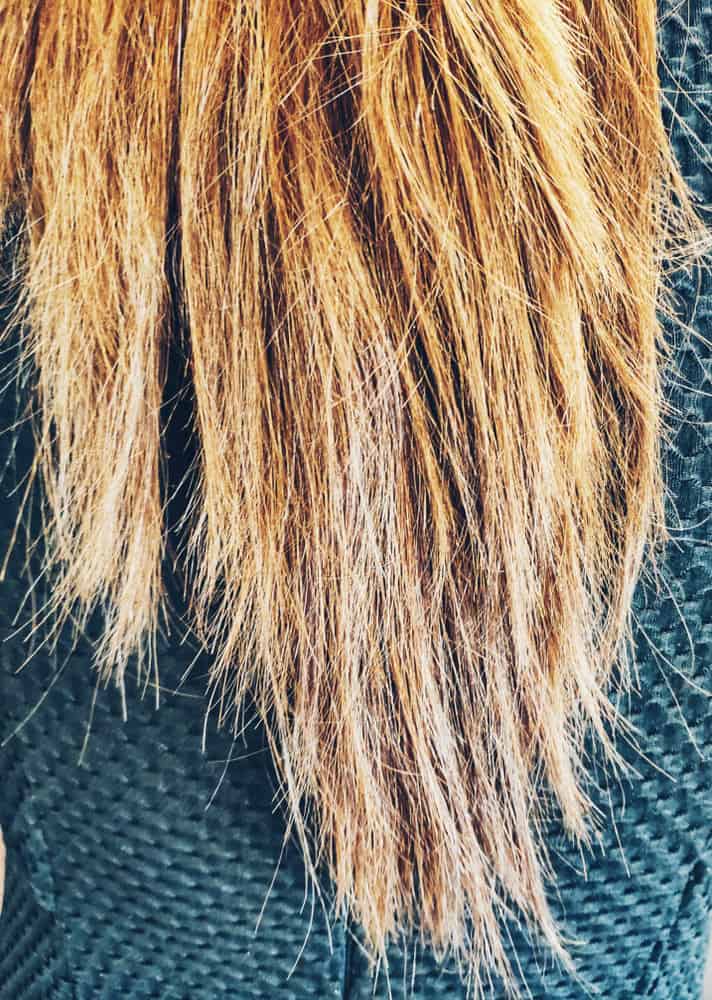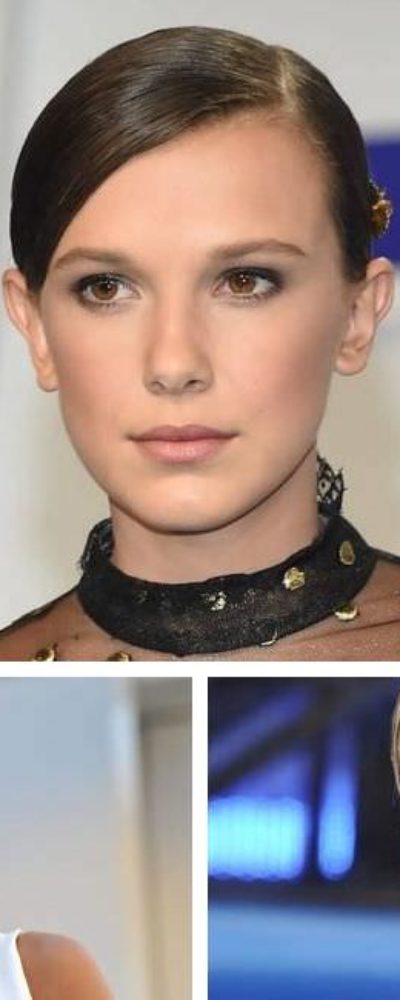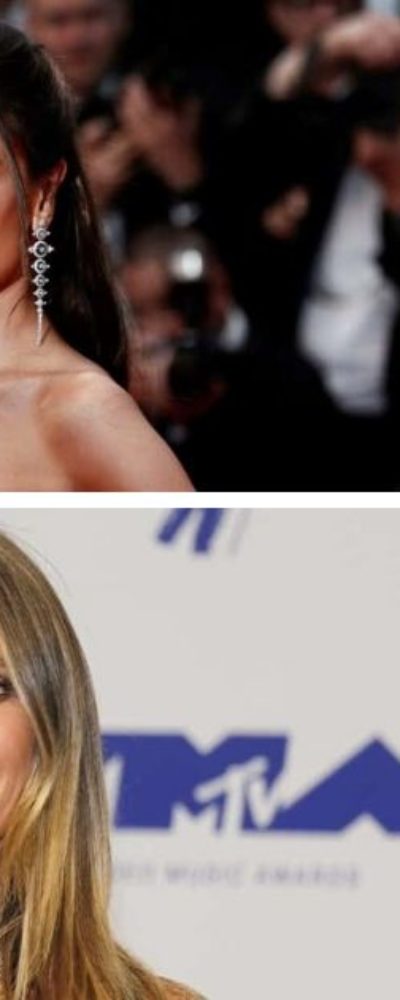Having gorgeous looking hair is a dream of every woman. Hair that falls in smooth waves and shines in the sunlight is something that every woman longs for. Do you ever find yourself envying the girls in the shampoo advertisements? Do you wonder how do they have such beautiful hair and then wonder why can’t you have hair like that?
Well, you are not the only one in this boat. Most women are not happy with their hair, and they keep trying different products or herbal compositions that claim to get them their dream hair.
The market is loaded with hair products, but a product that works for someone else may not work for you. Simply put – everyone’s hair is different. The genes of each person are packed with a different set of characteristics. This means that you can’t have straight hair if you have curls in your genes and vice versa.
But being human, we just can’t be happy with what we have. We always want something that we lack. Women with straight hair want bouncy curls while girls with beautiful locks often get permanent hair straightening.
With everything that you put it through, damage to your hair is inevitable. With so much air pollution and chemicals that are used in most hair treatments, it’s very likely that your hair will start to show signs of damage. You can’t possibly expect your hair to remain healthy after you expose it to continuous styling procedures, can you?
To be able to treat hair damage, it is important that you first understand the type of hair damage you have. You may complain that your hair is getting rough and dull, but have you ever wondered why is your hair turning that way? Keep reading to know the types of hair damage and how you can treat these problems.
Identifying Damaged Hair
Before you can move on to understanding the different types of hair damage and the ways of treating them, you should be sure that your hair is damaged in the first place. Sometimes, you may think that your hair is damaged when all it needs is a good wash. The following are the signs that indicate that you have damaged hair.
- Rough Texture
The easiest way to identify damaged hair is to check its texture. Hold your hair upside down, run your fingers through it, and observe closely. If the hair feels rough to your fingers and if it is sticking out, it is a clear indication that your hair is damaged.
- Dull Hair
If you feel that your hair has lost its shine and has started to look dull, you need to address this problem. Hair loses its shine when the cuticles of the hair shaft get damaged. If your hair doesn’t look shiny even after you get a deep conditioning treatment, your hair is definitely damaged.
- Split Ends If you observe your hair ends splitting into two, split ends, which is the most common type of hair damage, have started to kick in.
- Dry Hair Dry hair is not always damaged, but damaged hair is always dry. If you have observed that your hair stays dry even after you condition and moisturize it, you have to be alert because your hair is most likely damaged.
- Excessive Hair Breakage
If your hair starts breaking with even the slightest tugs, e.g., while you run your fingers through it or comb it, it is a sign that your hair has been damaged for quite some time now and it is high time that you do something about it.
– High Porosity
If your hair feels too frizzy, it might be because the cuticles of the hair shafts have been damaged. When the cuticle of a hair shaft gets damaged, the hair is more exposed to moisture, which causes the hair to swell and become frizzy.
– Lack of Elasticity
Hair is elastic to a certain degree. If you try stretching your hair and it snaps easily, it means that your hair has lost its elasticity and is quite damaged.
– Tangled Hair When hair is damaged, it is usually dry and lacks the smoothness and moisture which results in it getting tangled quite easily. If you have been observing knots in your hair quite frequently, it is a sign that your hair is damaged.
Types of Hair Damage
Nobody likes dry or damaged hair. In fact, dry hair is the last thing any girl might want. Once you are sure your hair is actually damaged, it is time to understand the type of damage you’re dealing with. The treatment of damaged hair depends on the type of hair damage, and hence, understanding the types of hair damage is important.
Knowing the type of hair damage that you’re facing will also ensure that you don’t opt for a treatment that can worsen the situation. After all, you can’t keep treating your hair with something that you think is suitable but is not meant for the type of hair damage you have. Apart from the time and money that you’re wasting, you’ll also be causing further damage to hair that is already in bad shape.
Go through the types of hair damage below, figure out the one you have, and employ the most suitable treatment method for it.
1. Split Ends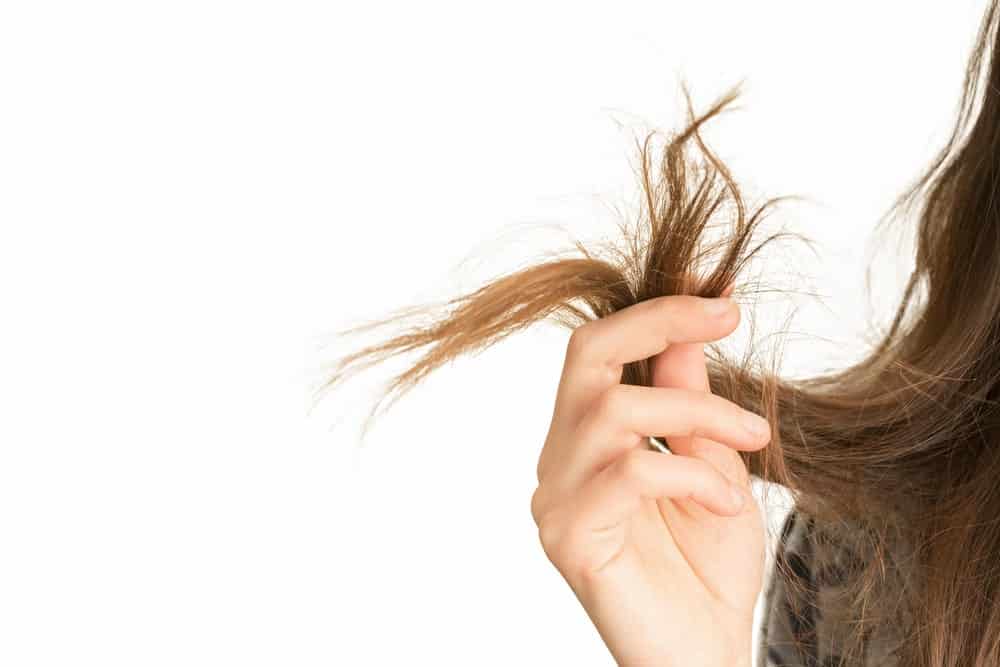
The most common of all types of hair damage is split ends. Split ends are extremely frustrating as they make your hair look dull and lifeless. Before moving on, let’s first understand what split ends are exactly.
Split ends are formed when there is a splitting of the hair strand into two or more ends. The end of the hair is incredibly vulnerable and likely to get damaged, which is why split ends are the most common type of hair damage. Hair can split in many ways:
- The hair may split in a basic manner, that is, divide into two ends
- The hair may split into numerous branches like that of a tree
- The hair end may lose its cuticle while retaining the cortex
What Causes Split Ends?
Split ends tend to develop slowly and gradually, but their formation can be accelerated due to excessive damage done by numerous factors, such as:
- Excessive styling that involves repeated brushing and detangling and the use of hair setting products.
- The heat from straightening or curling tools.
- The friction which your hair ends are exposed to. Some fabrics produce more friction than others. Scarves, sweaters, hats, towels, and cotton pillowcases are some examples of resistive fabrics.
- Climate and other environmental conditions.
- Your health and diet.
Why Are Split Ends the Worst Type of Hair Damage?
Split ends are extremely common and can affect just about anybody; however, just because this problem is a common one, doesn’t mean it is harmless. In fact, split ends are the worst type of hair damage that one can encounter. Here’s why.
- Once the end of your hair splits, it will only get worse with time. If it is left untreated, it can split up till the top, damaging the entire hair shaft.
- When you get split ends, the cuticles of your hair do not remain smooth throughout, causing your hair to appear rough and to tangle more often.
- With more tangling comes more hair breakage.
- The hair appears unhealthy and frizzy.
How to Prevent Split Ends
When you notice that your hair is splitting, it is an indication that you need to get your hair trimmed. However, there are ways by which you can prevent split ends from forming in the first place.
- Be gentle while you wash or brush your hair.
- Avoid the use of any heating tools.
- Avoid drying your hair with a towel.
- Deep condition your hair every few weeks.
- Use satin or silk pillowcases while you sleep at night. Completely avoid the use of cotton pillowcases.
- Use chemical-free hair products.
2. Over-Processed Hair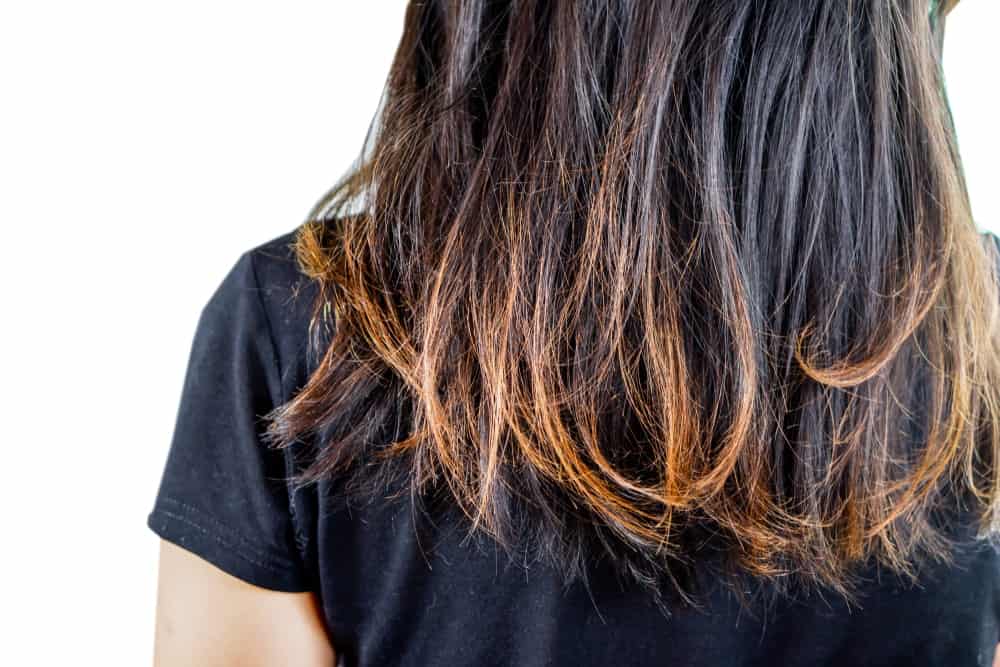
Over-processed hair happens because of all the various products that we use on our hair and all the treatments that we put our hair through. We want to keep trying different looks, which is the reason why we keep experimenting with different hairstyles and hair colors. You are a blond, but you don’t like it that way, so why not get a hair dye? Once you get the hair dye, why not change the look? This cycle continues, and our hair gets weaker and weaker and gets more and more damaged as a result.
What Causes Over-Processed Hair?
Over-processed hair is usually a consequence of:
- Incorrect or excessive use of bleach
- Perming
- Excessive use of hair styling tools
- Hair relaxers
How to Prevent/Treat Over-Processed Hair
There are certain ways in which you can prevent or treat the hair that has been damaged due to over-processing.
- Get a haircut so that the split ends are removed
- Reduce the frequency of hairstyling
- Invest in reliable, professional hair treatments
- Apply home-made hair masks
- Use a heat-protective spray before exposing your hair to heat (hair straightening and curling)
3. Damage from Heat Styling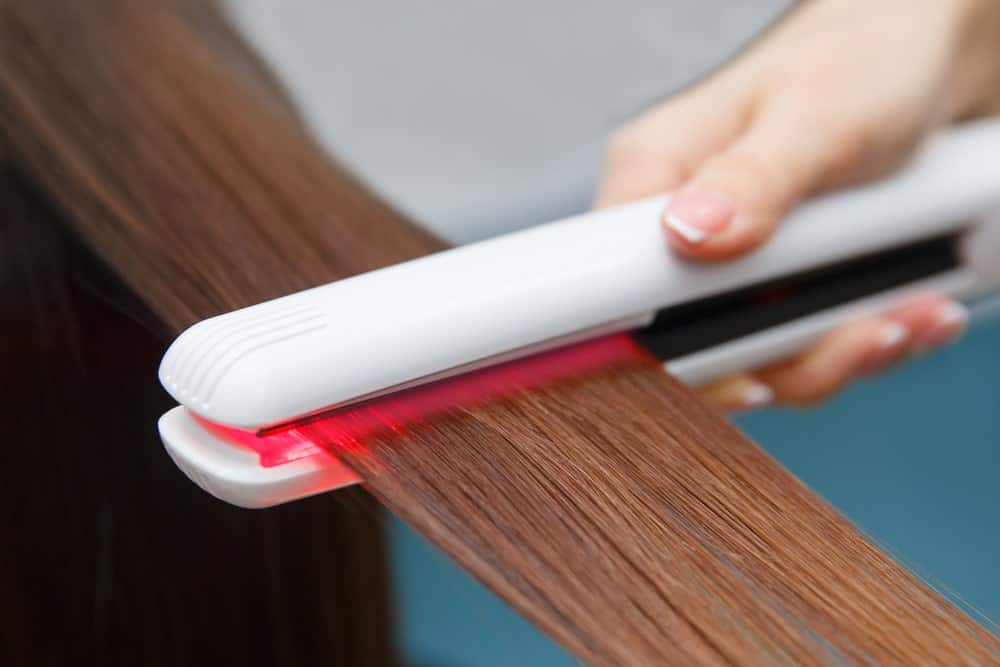
The go-to hairstyles today are dead straight hair or bouncy curls. What makes them so popular is the ease with which you can style your hair either way at home with the help of heating tools. Hair straighteners and hair curlers have surely become every girl’s best friend when it comes to hairstyling.
However, styling tools that use heat are disastrous for your hair, as the heat, and the prolonged exposure to it can really do a number on your hair. If your hair appears dry and frayed, you should know that your hair damage is due to heat.
How to Treat Hair Damage Due to Heat
The good news is hair damage due to heat is treatable. You can treat your hair and get its original texture back.
- You cannot reverse the damage that has been done, but you can make it better. The tips of your hair are the oldest and most prone to damage. Therefore, if you want to improve the health of your hair, getting a haircut can help.
- Getting protein treatment will replenish the protein that your hair needs.
- Using a heat-protective hair mask before applying any form of heat to your hair can also protect your hair from getting damaged.
4. Mechanical Damage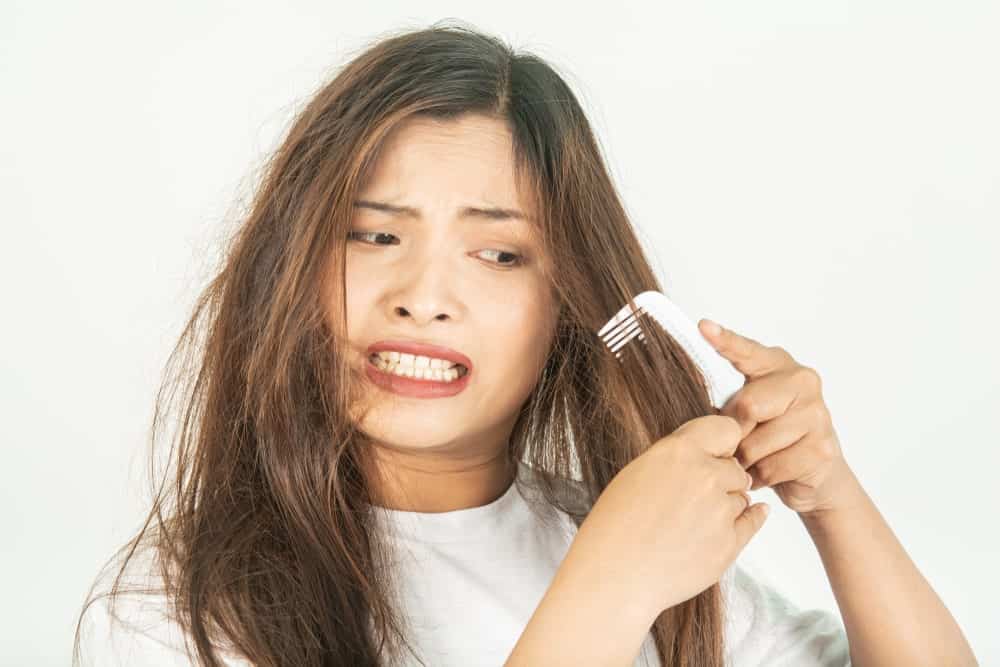
Mechanical damage to hair mainly occurs because of the way you handle your hair. If you are too harsh while combing or detangling your hair or if you tie your hair tightly in a ponytail quite often, then it’s bound to get damaged.
Everything that puts tension on your hair can cause mechanical damage. However, just a little bit of care can go a long way toward ensuring that you do not have to deal with the consequences of mechanical damage to your hair.
How to Prevent Mechanical Damage to Hair
You can prevent your hair from getting mechanically damaged by just being a little mindful with the way you treat your hair.
- Brush your hair slowly
- Avoid brushing wet hair as your hair is less flexible when wet and may break easily
- Avoid rubbing your hair with a towel
- Detangle your hair softly
- Unbraid your hair slowly and carefully
- Apply hair masks that make your hair feel softer
5. Damage Due to Hard Water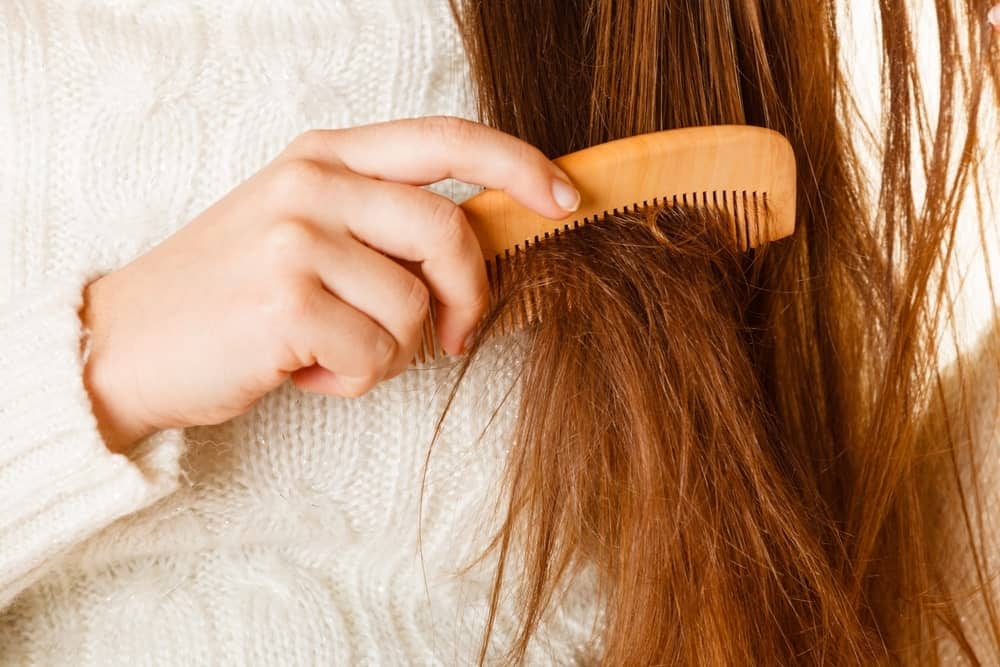
For some people, a change in cities can have a really strong impact on their hair health. They not only have to deal with the new city but also what the new city does to their hair. No, it’s not the city that does anything but the water that they use to bathe and wash their hair with. Hard water is one of the major reasons why women in cities suffer from excessive hair fall.
Hard water has a high amount of silica, magnesium, and calcium that cause hair breakage, thinning, and dryness. Moreover, hard water can also cause dandruff and damage to the hair follicles.
How to Protect Your Hair from Hard Water Damage
You can’t help if your city has a supply of hard water. However, there are some ways that can help you protect your hair from the damage caused due to hard water.
- Rinsing your hair with vinegar can help get rid of the minerals that have built up on your hair. It balances the hair pH, smoothens the hair cuticles, and leaves your hair feeling fresh and soft.
- Rinsing your hair with lemon can be beneficial, too, for all the same reasons as vinegar.
- Using water softeners are an expensive but efficient way of protecting your hair from hard water.
- Shower filters filter out most of the minerals and limescale from hard water and make the water gentle enough for your hair.
- You can use bottled water for the final rinse.
- Clarifying shampoos are also a great way of protecting your hair from hard water damage.
- If you want to give your hair a glossy finish after washing your hair with hard water, a leave-in conditioner can do wonders.
6. Damage Due to the Sun
You can’t avoid hair damage that occurs due to the sun. After, you can’t just stay indoors forever; you have to go out at some point. The sun can make your hair look dull, dry, rough, and discolored. It makes your hair thin and brittle. However, just like you take care of your skin by applying sunblock, you need to take care of your hair, too.
How to Protect Your Hair from Sun Damage
There are some measures that you can take to protect your hair from getting burned up by the sun.
- The first and most obvious way is to avoid sun exposure as much as possible.
- Use an umbrella or cover your head with a cap so that your hair does not get exposed to the sun directly.
- As the sun can leave your hair dehydrated, it is recommended that you use a moisturizing shampoo and conditionerto ensure that your hair is not left devoid of the necessary moisture.
- Try to avoid styling with heat if you spend a lot of time outdoors during the day.
- Try to switch to silk pillowcases so you don’t lose the little moisture that is left in your hair after a day out in the sun.
7. Overstressed Hair
You may not know this, but stress can have a drastic effect on your hair. Too much stress can result in hair damage and hair loss. Prolonged periods of stress can bring about changes in your body, including your hair. Stress not only causes the texture of the hair to change but also the color.
How to Protect Your Hair from Stress-Induced Damage
Stress is a part of life that we all have to deal with. However, we shouldn’t let our hair suffer just because we’re stressed out. There are ways to prevent damage to your hair during the times when you are under a lot of stress.
- People often start skipping meals when they are stressed. If you don’t want stress to affect your hair, make sure that you do not starve yourself. A healthy diet will ensure that your hair gets the nutrients it needs to stay healthy, even when you are going through stressful periods.
- Stress makes the hair dry and brittle, and that leads to breakages. During times of great stress, avoid any hairstyling or the use of heating tools on your hair.
- Using hair moisturizers that contain proteins, glycerol, aloe vera, and panthenol are good for maintaining your hair texture during periods of stress.
- Get your hair trimmed to get rid of any split ends.
- Be gentle while washing, drying, and brushing your hair.
8. Damage from Chemical Treatments
For some people, chemical hair treatments such as hair coloring are an important part of their beauty routine. They like to experiment with new looks. As attractive as chemically treated hair looks, it can also be incredibly damaging in the long run.
Hair coloring and bleaching are two of the most common types of chemical hair treatments that women opt for, while chemical relaxing and perming of hair have received significant hype. These chemical treatments leave the hair looking dull and dry. The hair also becomes brittle and more prone to breakage.
How to Protect Your Hair from Damage Due to Chemical Treatments
The best way to prevent your hair from damage by chemical treatments is by not getting any such treatments done in the first place. But if you don’t want to stop getting chemical treatments, there are certain ways to prevent the hair from getting damaged.
- Get deep conditioning treatments – like hot oil treatments – that deep condition your hair and prevent it from looking dull and dry.
- Drink as much water as you can so that your hair stays adequately hydrated.
- Incorporate foods like flaxseeds into your diet as such foods are rich in omega-3 fatty acids.
- Applying a home-made mixture of canola oil and olive oil to your hair can also help you get shinier and healthier looking hair.
Beautiful hair is a crown for a woman. The prettier the hair, the more beautiful a woman feels, and a good, voluminous head of hair is a source of immense confidence for women. Have you ever heard women label a day as ‘a good hair day’? These are the days where women feel their hair looks beautiful, and it makes them feel good about themselves.
Something that holds so much value deserves a little care and attention, doesn’t it? Taking proper care of your hair is essential, because it’s not just about the hair, it’s about how you feel and the confidence that it gives you.

